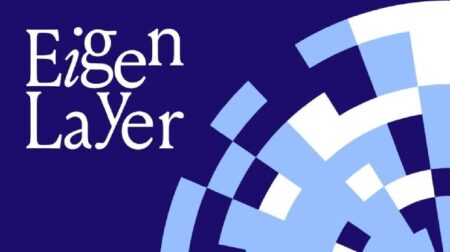RD Technologies, a leading blockchain solutions provider, has partnered strategically with Chainlink, the industry-standard decentralized oracle network, to facilitate secure and reliable cross-chain transfers of the Hong Kong Dollar (HKD) stablecoin. This integration marks a significant milestone in enhancing interoperability and accessibility within the cryptocurrency ecosystem, paving the way for seamless transactions across different blockchain networks.
HKDR is a dependable and open stablecoin for payments and other uses, backed 1:1 by the Hong Kong dollar. To investigate the use of HKDR in B2B cross-border payments, virtual asset exchanges, and tokenized real-world asset settlement, RD Technologies has currently signed agreements with several internationally recognized cross-border payments, virtual assets, and wealth management companies.
Thanks to the partnership between RD Technologies and Chainlink, more companies and retailers will be able to relocate to Hong Kong. This partnership will also provide quicker and more affordable cross-border payments and facilitate the safe and dependable transfer of HKDR-tokenized real-world assets.
The partnership between RD Technologies and Chainlink aims to address the challenges associated with cross-chain interoperability, particularly in the context of stablecoin transfers. By leveraging Chainlink’s proven Oracle technology, RD Technologies will enable users to transfer HKD stablecoins seamlessly between different blockchain platforms while ensuring transparency, security, and reliability.
Easy access to HKDR and safe, dependable cross-chain transfers of HKDR will be made possible by the integration. To contribute to trustworthy on-chain verification of HKDR’s reserve backing, RD Technologies will also investigate implementing Chainlink’s Proof of Reserve (PoR).
One key component of the collaboration is the integration of Chainlink Price Feeds, which provide accurate and tamper-proof price data sourced from numerous reputable data providers. These price feeds will play a crucial role in determining the exchange rate between the HKD stablecoin and other cryptocurrencies or fiat currencies, ensuring fair and transparent value transfers across different blockchain networks.
RD Technologies will also leverage Chainlink’s decentralized oracle networks to facilitate trustless and secure data transmission between blockchains. This decentralized approach mitigates the risk of single points of failure and manipulation, enhancing the overall security and resilience of cross-chain transactions involving the HKD stablecoin.
The integration of Chainlink services will also enhance the stability and reliability of the HKD stablecoin by providing real-time market data and price updates. This will enable users to monitor and manage their holdings more effectively. This transparency and visibility into market conditions will build trust and confidence among users, further promoting the adoption and usage of the HKD stablecoin.
Moreover, the collaboration between RD Technologies and Chainlink underscores the growing importance of interoperability and cross-chain functionality in the cryptocurrency ecosystem. As blockchain networks proliferate and diversify, seamless interoperability between different protocols and platforms becomes essential for fostering innovation and driving widespread adoption.
The successful implementation of Chainlink’s industry-standard services for cross-chain transfers of the HKD stablecoin demonstrates RD Technologies’ commitment to delivering cutting-edge solutions that address the evolving needs of the cryptocurrency market. By harnessing the power of decentralized oracle networks, RD Technologies is poised to unlock new possibilities for secure and efficient value transfers across blockchain networks.
In summary, RD Technologies’ integration of Chainlink services represents a significant step towards enabling secure and reliable cross-chain transfers of the HKD stablecoin and fostering interoperability and accessibility within the cryptocurrency ecosystem.
Read the full article here









